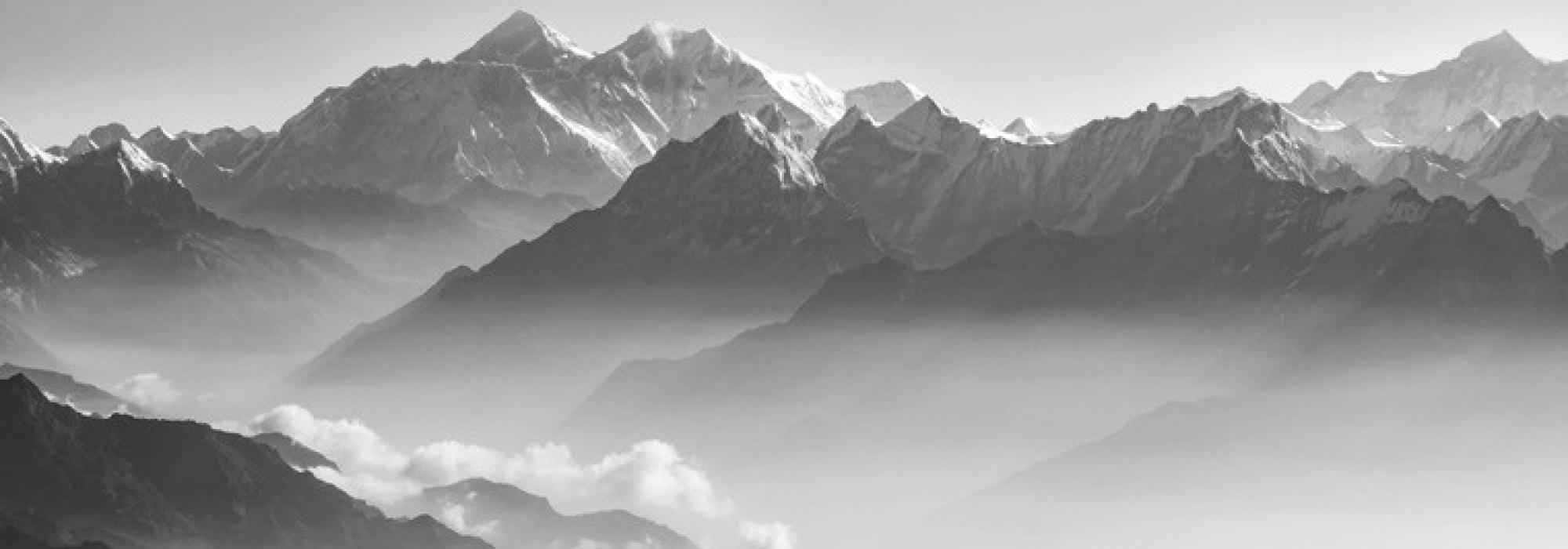Veturi Prabhakara Sastri mentions that the bharatavākya is found only in one of the manuscripts All other editions say that there is no bharatavākya. The bharatavākya itself is quite ordinary when compared to the one in Matta-vilāsa and as well be a later addition.
Comparison with Matta-vilāsa-prahasanam
It is natural that Bhagavad-ajjukam draws comparisons with Matta-vilāsa-prahasanam. While both are entertaining in their own way, there are some important differences.
- In Matta-vilāsa-prahasanam without exceptions, all characters are degenerate, who manipulate their original tenets. They violate not only the viśeṣa-dharmas like the āśrama-dharma but even the sāmānya-dharmas like asteya, indriya-nigraha etc. Bhagavad-ajjukam on the other hand has many characters which are worthy of emulation. Parivrājaka is definitely a worthy character. Vasantasenā isn’t just a borrowed name from Mṛcchakaṭika but she follows her namesake by genuinely loving Rāmilaka despite his faults. Only Śāṇḍilya and the doctors are the degenerate characters here. Even Śāṇḍilya seems to turn a new leaf by the end. No such fundamental and profound changes happen to any of the characters of Matta-vilāsa-prahasanam.
- When it comes to the characters, Bhagavad-ajjukam has a lot of variety compared to Mattavilasa. The Parivrājaka and his disciple, the courtesan, her attendants and her mother, her lover, the two quack doctors, even the yamapuruṣa, each character stands apart. They are drawn from different social order, gender, etc. Mattavilasa has characters which are mostly of the same type, emerging from various ascetic orders.
- Also the swapping of bodies of two people of different nature, Parivrājaka who primarily expounds vairagya and the courtesan for whom śṛṅgāra is the default emotion, following different āśrama-dharma generates humour of a different kind. Contrast this to Matta-vilāsa where not much would change if we swap the kāpālika with the pāśupata or the bauddha, fundamentally they are not too different. Here there is a fundamental difference in these two swapped characters, one related to the purushartha of mokṣa while other to kāma, which the author has used well to generate humour.
- Even though Matta-vilāsa-prahasanam has many philosophical discussions, even a casual reader can enjoy it since he/she need not know the ‘true’ teachings of any of these ‘matas’, Bhagavad-ajjukam’s discussions are, relatively speaking, a bit heavy, some of the discussions are inspired by great texts like the upaniṣads and the bhagavadgītā.
- Matta-vilāsa-prahasanam is humorous throughout while Bhagavad-ajjukam’s humour is more distributed. Most of the humour is in the second half after Vasantasenā’s entry.
- Matta-vilāsa-prahasanam has no supernatural motifs, on the other hand it is a crucial component of Bhagavad-ajjukam. One may wonder if such themes would appeal to a rational reader infused with ‘scientific temper’? But that would mean that one has forgotten that a rasika should be willing to suspend his disbelief as long as it is within the realm of propriety, no motifs are forbidden! In fact in this case it is that supernatural motif which brings the humour, without which the story would have been impossible.
- In general prahasanas lack kaiśikī which involves fine arts like dance, music etc. It is not at all present in Matta-vilāsa while in Bhagavad-ajjukam there is ample scope in it during Vasantasenā’s entry to the grove and her character being a courtesan mandates her to have exceptional knowledge of dance music and such fine arts. Thus when staged it can have a component of lāsya which isn’t possible in Matta-vilāsa-prahasanam
Conclusion
Bhagavad-ajjukam like Matta-vilāsa-prahasanam is a well-made prahasana with a highly entertaining plot. Some of the conversation between Parivrājaka and Śāṇḍilya in the first half might have been trimmed to make it even more crisp.
Bhagavad-ajjukam’s influence on later prahasanas is something which cannot be ignored. Using supernatural phenomena has become a staple troupe. So is the usage of preceptor pupil pairs where both are fake (like in Hāsyacūḍāmaṇi), where we find fake miracle men promising lot more than they can deliver and still survive and thrive.
In all the editions which we have studied, the main import of the prahasana seems to have been lost. While it is indeed a commentary on society, where people like Śāṇḍilya misuse or abuse the respect given to his ilk to lead a lazy life without purpose, there is a more important suggestion here. People are more enamoured by supernatural miracles than real knowledge which is the most sublime and profound thing which anyone can attain. Parivrājaka who seems to be a jīvanmukta is not at all heard when he tries to impart real knowledge to his disciple, he has to use the cheap trick (relatively speaking) of ‘parakāyapraveśa’ to gain the confidence of his disciple. This is an eternal truth, the number of followers ‘miracle men’ gain even in this age of information and 'enlightenment' is a testimony to the fact that real knowledge has very few takers! Such a profound suggestion dealing with the core human psyche is what makes it one of the best prahasanas ever.
With this the analysis can move on to the other prahasanas, of which we will see Hāsyacūḍāmaṇi in subsequent parts.
References
- Dr. S. Ramaratnam, “Prahasana in Sanskrit Literature”, Kavyalaya publishers, Mysore, 1987.
- Veturi Prabhakara Sastri, “Bodhayana’s Bhagavadajjukam”, Manimanjari publications, Hyderabad, 2nd edition, 1986.
- Michael Lockwood and A. Vishnu Bhat, “Two Farcical Plays by King Mahëndravikramavarman”, 3rd revision, 1994.
- J. A. B. van Buitenen, “THE HERMIT AND THE HARLOT”, Mahfil , Fall - Winter 1971, Vol. 7, No. 3/4, SANSKRIT ISSUE (Fall - Winter 1971), pp. 149-166.
This is the sixteenth part of the multi-part essay on "Critical Appreciation of Prahasanas". Thanks to Śatāvadhāni Dr. R Ganesh, Shashikiran B N and Hari Ravikumar for reviews and valuable inputs.













































